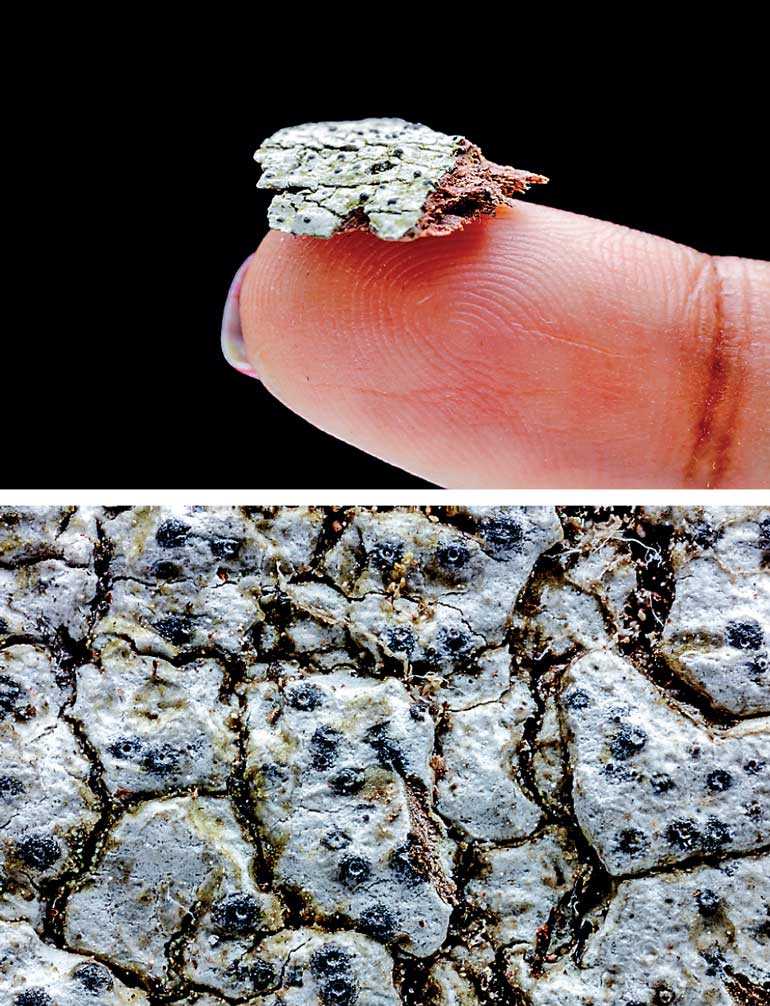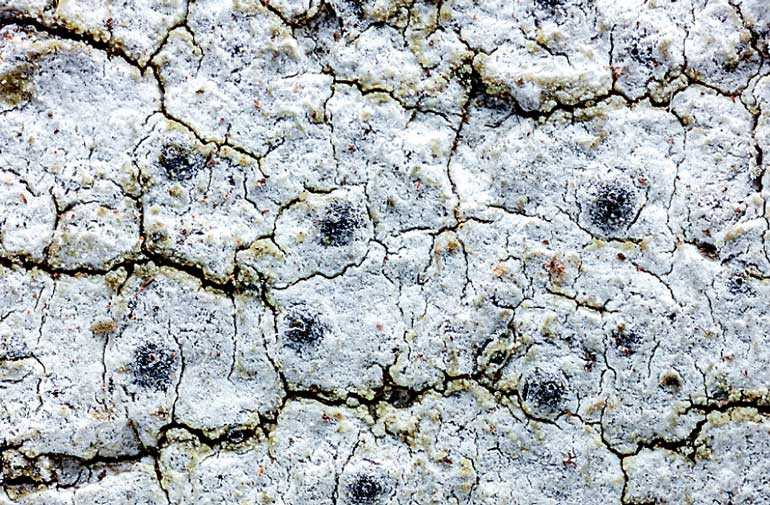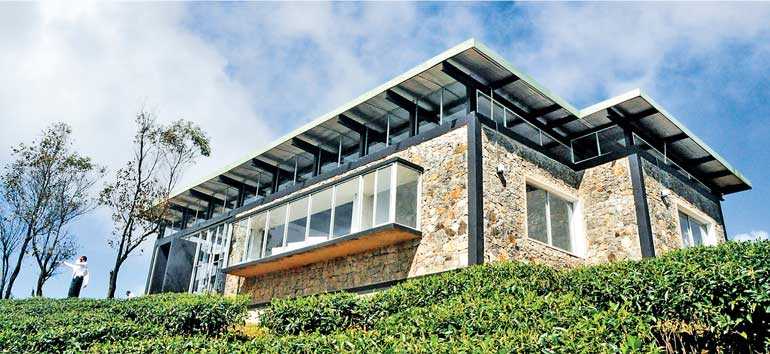Tuesday Apr 15, 2025
Tuesday Apr 15, 2025
Friday, 16 November 2018 00:00 - - {{hitsCtrl.values.hits}}





A lichen species new to science was recently discovered in Sri Lanka and named Polymeridium fernandoi after the Founder of Dilmah Tea, Merrill J. Fernando.
The discovery was made by Dr. Gothami Weerakoon (Senior Curator of Lichens and Slime Moulds at The Natural History Museum, London) and her research team in the Sinharaja Rainforest whilst conducting research under Dilmah Conservation’s ‘Novel Species Paving the Way for Biodiversity Conservation’ program in association with the National Geographic Society.
This is the second lichen species to be named in commemoration of the proactive and continual efforts taken by Dilmah Conservation to drive research and awareness on this greatly underappreciated and overlooked species in Sri Lanka.
In 2014, whilst conducting fieldwork at the high elevations of Dilmah’s Queensberry Estate, Dr. Weerakoon discovered another very special species of lichen – Heterodermia queesnberryi. This lichen species is endemic to Sri Lanka and exceptionally rare. It was named after Dilmah’s Queensberry estate which is one of the few locations on the island they can be found growing.
The more recent discovery of Polymeridium fernandoi was associated with the identification of two more novel species and 10 new records of lichens in Sri Lanka from a little-understood family of tropical colourful lichens known as the Trypetheliaceae. These findings have put the total number of new lichen species discovered in Sri Lanka under the Dilmah Conservation’s Novel species program at 27 since commencement in 2012.
Lichens are an exceptionally valuable species to science because they can act as bio-indicators of air pollution, ozone depletion, and metal contamination due to their extreme sensitivity to environmental changes. They provide scientists with a living and inexpensive means by which to monitor the biggest environmental challenge of our times – climate change.
They are referred to as a ‘combined lifeform’ because they are comprised of two to three different organisms – a fungus, and an algae and/or cyanobacterium, that cooperate to grow and survive. They can be found growing on many different surfaces from coastal rocks to tree barks in forests across Sri Lanka and like plants, can photosynthesize and convert carbon dioxide in the atmosphere to oxygen.
Even though they are considered to play a vital ecological role, their unassuming ubiquitous presence in Sri Lanka, coupled with the dearth of available scientific knowledge on the subject in the country, means that they often go ignored and underappreciated.
The Dilmah Conservation Novel Species Program was initiated to drive research and awareness on Sri Lanka’s less charismatic but no less important threatened species. The program fuels research on vulnerable species lacking scientific data and undertakes awareness-raising campaigns in Sri Lanka.
To address the lack of available scientific information on Sri Lanka’s diverse and beautiful lichens, Dilmah Conservation published an illustrated book authored by Dr. Gothamie Weerakoon on the ‘Fascinating Lichens of Sri Lanka’ in 2015 and hosts frequent workshops and lectures conducted by Dr. Weerakoon and other leading international experts in the field to educate individuals interested in learning more about these unique lifeforms.
Dilmah Conservation is the environmental arm of the MJF group and was founded in 2007 as an extension of Dilmah’s commitment to ensuring that all its operations are bound by a respectful and sustainable interaction with the natural environment.
Discover Kapruka, the leading online shopping platform in Sri Lanka, where you can conveniently send Gifts and Flowers to your loved ones for any event including Valentine ’s Day. Explore a wide range of popular Shopping Categories on Kapruka, including Toys, Groceries, Electronics, Birthday Cakes, Fruits, Chocolates, Flower Bouquets, Clothing, Watches, Lingerie, Gift Sets and Jewellery. Also if you’re interested in selling with Kapruka, Partner Central by Kapruka is the best solution to start with. Moreover, through Kapruka Global Shop, you can also enjoy the convenience of purchasing products from renowned platforms like Amazon and eBay and have them delivered to Sri Lanka.
Discover Kapruka, the leading online shopping platform in Sri Lanka, where you can conveniently send Gifts and Flowers to your loved ones for any event including Valentine ’s Day. Explore a wide range of popular Shopping Categories on Kapruka, including Toys, Groceries, Electronics, Birthday Cakes, Fruits, Chocolates, Flower Bouquets, Clothing, Watches, Lingerie, Gift Sets and Jewellery. Also if you’re interested in selling with Kapruka, Partner Central by Kapruka is the best solution to start with. Moreover, through Kapruka Global Shop, you can also enjoy the convenience of purchasing products from renowned platforms like Amazon and eBay and have them delivered to Sri Lanka.